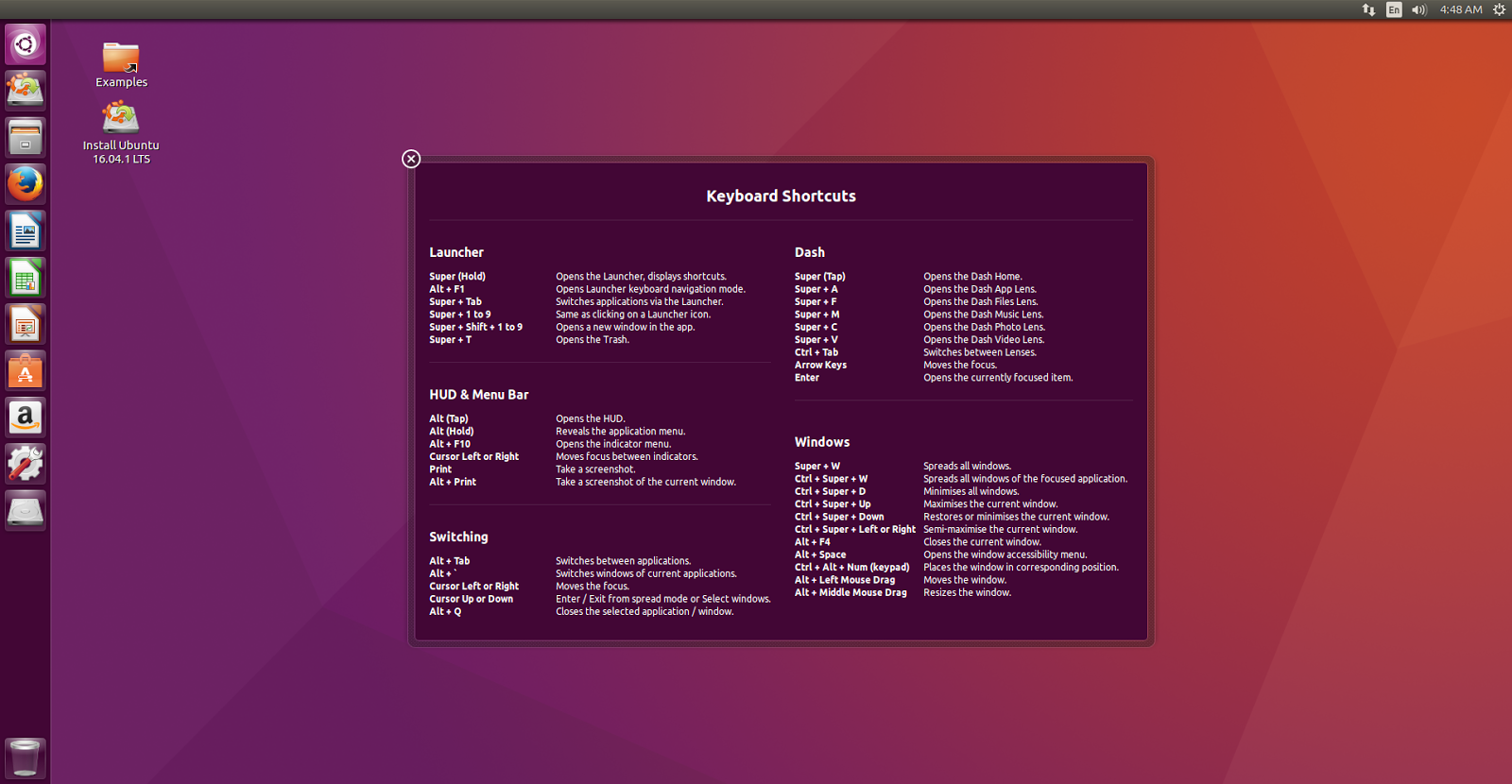

- #OPEN TERMINAL HERE UBUNTU HOW TO#
- #OPEN TERMINAL HERE UBUNTU INSTALL#
- #OPEN TERMINAL HERE UBUNTU FULL#
It will ask you to enter the sudo password. If you are new to the terminal stuff, here’s what you need to know.
#OPEN TERMINAL HERE UBUNTU INSTALL#
Open the terminal in Ubuntu and use the following command to install the FUSE library support: sudo apt install libfuse2
#OPEN TERMINAL HERE UBUNTU HOW TO#
Now that you understand the root cause of the issue let’s see how to make it work. Since this crucial library is missing, AppImage doesn’t work as expected. That’s how the AppImage works on virtual filesystems. This FUSE library provides an interface for userspace programs to export a virtual filesystem to the Linux kernel. The problem here is that Ubuntu 22.04 is missing the FUSE (Filesystem in Userspace) library. Running AppImage applications in Ubuntu 22.04 LTS If you face a similar situation, I have good news for you. One of the unpleasant surprises I got in Ubuntu 22.04 was with the AppImage applications.Įven with all the right permissions, AppImage applications just refused to launch in my newly installed Ubuntu 22.04 system.
#OPEN TERMINAL HERE UBUNTU FULL#
And if you work with folders and files often in the Command or Terminal window, you’ll save time and be more productive.The recently released Ubuntu 22.04 LTS is full of new visual changes and features.īut like any other release, it has its share of bugs and issues. But if you do that, remember to insert backslashes in front of all the spaces in the path.īut the options we showed you here are easier and faster. Or, you can copy a full path to a folder and paste it into the Command or Terminal window. You can use the cd command to navigate to a folder on all three systems. Save Time Navigating to Folders in a Command or Terminal Window Select the folder, right-click on it, and then select Open in Terminal.Ī new Terminal window opens directly to the selected folder. Go to the folder you want to open in a Terminal window, but don’t go into the folder. Open the Files app (which used to be called Nautilus), from the left sidebar. The procedure may vary a bit on other Linux distros like Linux Mint, Zorin, and Fedora. Here I’m using Ubuntu to open a Terminal window to a specific folder in Linux. To remove the New Terminal options from the Services menu, go back to Apple menu > System Preferences > Keyboard > Shortcuts > Services and uncheck the two options on the right. Selecting the New Terminal Tab at Folder option opens a new tab on the active Terminal window directly to the selected folder. If you set up shortcuts for the two options, select the folder and press the shortcut for the option you want to use.Ī new Terminal window opens directly to the selected folder if you selected the New Terminal at Folder option. Opening a new tab on an existing Terminal window requires the window to be active, not minimized. If you want to open a new tab in an open Terminal window, go to Services > New Terminal Tab at Folder on the right-click menu. Select the folder, right-click on it, and go to Services > New Terminal at Folder to open a new Terminal window to the selected folder. To open a Terminal window from within a folder in Finder, navigate to the folder you want. We found it hard to find a unique shortcut because there are so many shortcuts already set up in macOS.Īlso, you may have to click Add Shortcut again and then press Enter to get your shortcut to stick. Make sure you select a shortcut not used by the system. Click None to the right of the service you want to add a shortcut to.Ĭlick Add Shortcut and then press the shortcut you want to use for the service. You can add shortcuts to these two services to make it faster to open a Terminal window to a folder.

Under Files and Folders on the right, check the New Terminal at Folder and New Terminal Tab at Folder boxes. On the Keyboard dialog box, click the Shortcuts tab at the top and then select Services on the left. To activate these two services, select System Preferences from the Apple menu.Ĭlick Keyboard on the System Preferences dialog box. To open a Terminal window to a specific folder from Finder, you must make sure the New Terminal at Folder and New Terminal Tab at Folder services are activated.

The article linked to above also shows you how to add the “Open command window here” option to the context menu when you’re in a folder.Ī Command Prompt (or PowerShell) window opens directly to the selected folder.

Or you can add the ‘Open command window here’ from the context menu and use that to open a Command Prompt window to the folder. On Windows, you can press the Shift key and right-click on a folder to open a PowerShell window directly to that folder.


 0 kommentar(er)
0 kommentar(er)
